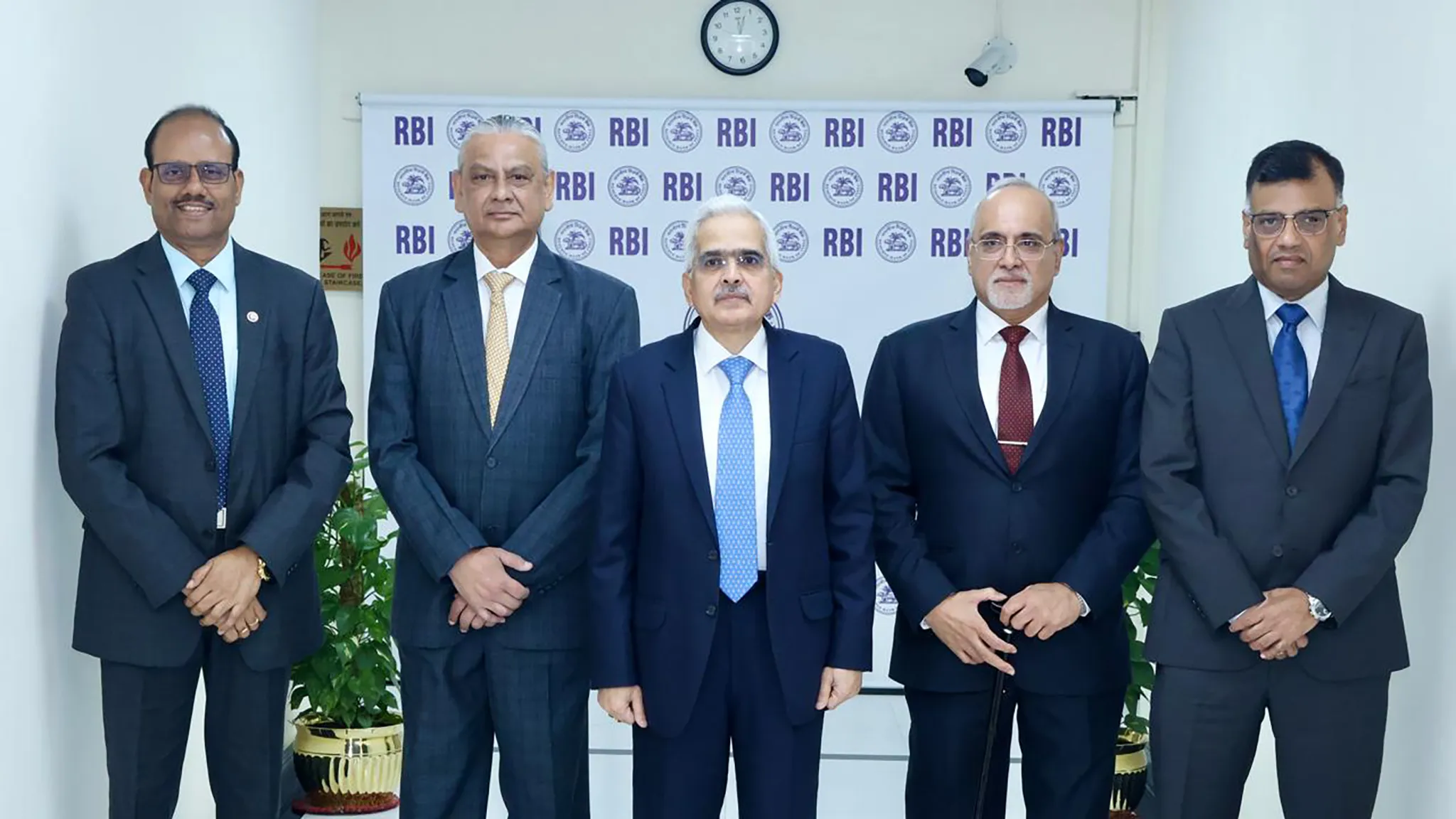Have you ever wondered what it must be like to be a central banker? It is often said to be a tough job. Raghuram Rajan famously said that monetary policy is like juggling six balls; it is not just about raising or lowering interest rates. Most people who have held the position of a central banker at some point would likely agree.
Even as outside observers, we can appreciate that this is not an easy task. When the Monetary Policy Committee (MPC) convenes for the crucial decision, numerous factors are at play, each demanding urgent consideration.
Inflation Fight Falters
And what tools do they have? They can adjust interest rates and manage liquidity to manage the economic situation. That is essentially it. They also require resilience to face tough questions. No matter the action taken, something always seems amiss. Growth concerns are ever-present. The MPC has faced criticism for maintaining high interest rates for an extended period, potentially hindering economic growth from reaching its full potential.
Therefore, one can understand Michael Patra, a deputy governor at the Reserve Bank of India (RBI), when he suggests that inflation targeting needs to be more flexible, robust, realistic, and nimble. At a recent RBI conference, Patra stated, “Inflation targeting policy frameworks of the future need to be more robust, realistic, and nimble, while exploiting synergies with prudential, fiscal, and structural policies and leveraging technological transformations. Adaptability and flexibility built into the framework would ensure that the central bank can nudge the economy toward desirable societal outcomes.”
For the past eight years, the MPC has operated with an inflation target of 4 percent, with a tolerance range of two percentage points on either side. However, the MPC’s track record in controlling inflation has been less than stellar. Last year, the RBI had to write to the government explaining why inflation had exceeded the upper tolerance band of 6 percent for three consecutive quarters—a significant admission of their struggle to meet the inflation target.
Flexible Framework Needed
The MPC has struggled to manage inflation. Even after ten consecutive policy meetings without rate changes, inflation remains high and stubbornly resists aligning with the 4 percent target. Soaring vegetable prices, a factor largely beyond the central bank’s control, are a major culprit. Food prices, constituting 46 percent of the Consumer Price Index (CPI) inflation basket, remain a significant challenge for the MPC. The latest CPI inflation data also points to food price spikes as the primary driver.
It is against this backdrop that the deputy governor responsible for monetary policy is highlighting new risks to inflation targeting, including climate change and digitalisation. Patra noted that monetary policy transmission could be weakened if digitalisation shifts credit supply from banks to less regulated non-banks, or by offsetting reductions in bank deposits.
The crucial point from Patra’s remarks is the RBI’s apparent acknowledgement that the current inflation targeting framework is becoming less practical and that a revised, more flexible approach is necessary.
Credibility Question Marks
Whether you call it an elephant or a horse, the inflation threat is very real, impacting ordinary Indians and posing a significant challenge for policymakers. No amount of inflation jokes can comfort households struggling to manage their budgets. Shifting the inflation goalpost now might simplify the MPC’s task but could erode the remaining credibility of this much-discussed framework.
What does this mean for the common person? Expect continued price volatility and perhaps a revised inflation target in the medium term as the RBI grapples with these evolving economic realities.
Image Courtesy: X (RBI)










Leave a Reply